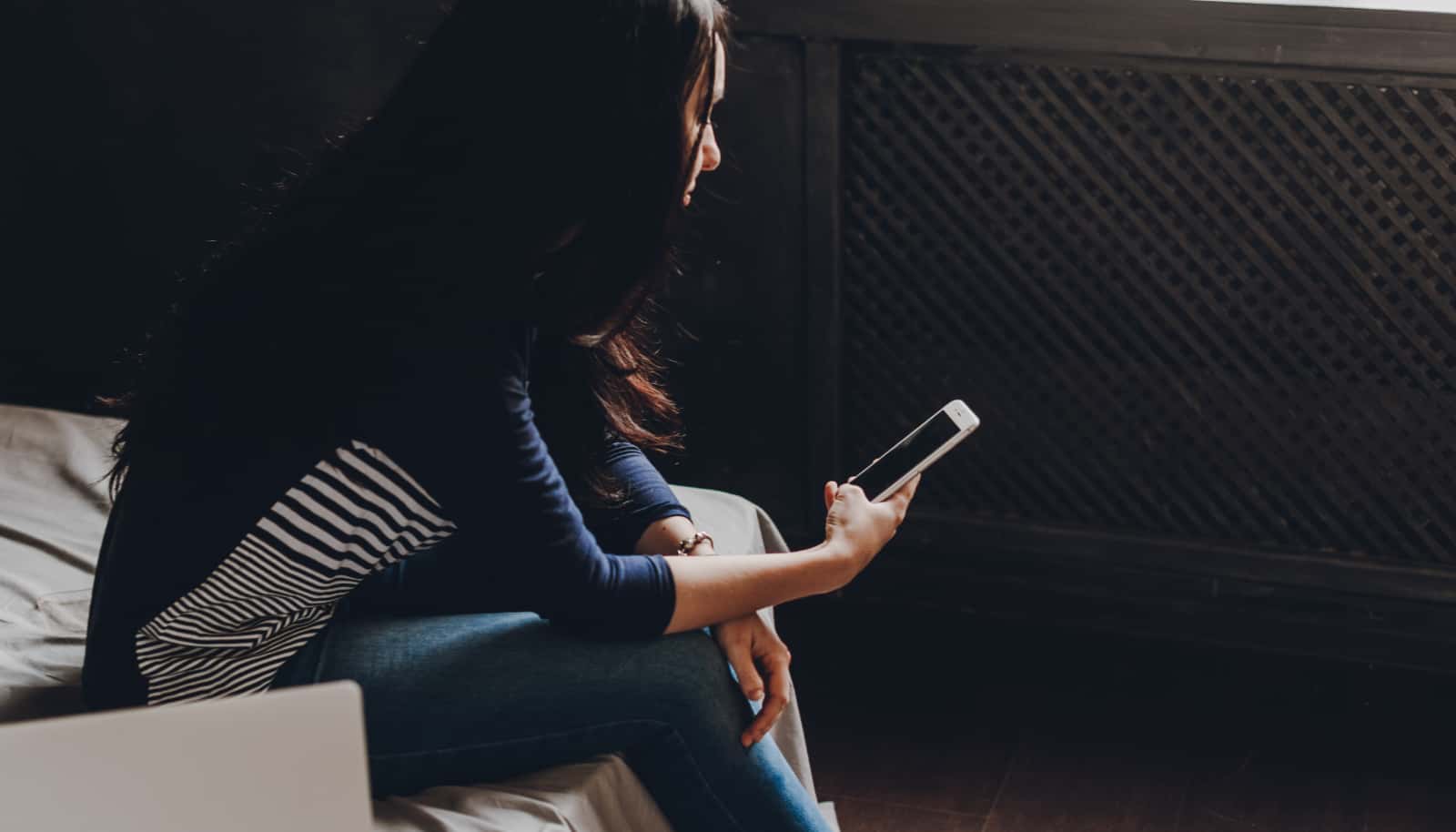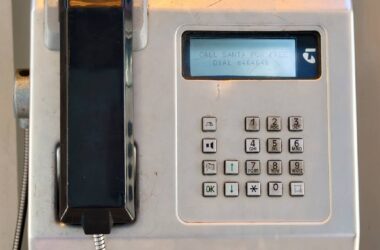Another “ware” a little like malware, stalkerware is a piece of software that can track and monitor your phone, often by someone you may know, and yet also won’t want to.
With so many scams about the place in a seemingly never-ending situation, it can be difficult to conceive just how much is out there, and how much it all changes. Call back scams, fake investment scams, malware, ransomware, and on and on, it just keeps going, and now there’s another: stalkerware.
Yet another term to add to your vocabulary and jargon lexicon, stalkerware is another piece of software you probably won’t want to know about, though it’s one that could be found on your phone, particularly if you have an Android and someone with a particularly unhealthy interest in you.
The concept is what the name largely implies, with a piece of software that runs in the background of a device to allow someone else to snoop and stalk, all without the device’s owner being aware.
“Unfortunately these days, spying on people has become far too easy as anyone can buy stalkerware apps,” said Margrith Appleby, General Manager of Kaspersky in Australia and New Zealand.
“Stalkerware is commercially available software that hides on a device and provides access to an array of personal data, so it’s sadly not surprising that it may serve as another form of exerting coercive control in abusive relationships,” she said.
What does stalkerware do?
All in the name, stalkerware is a piece of software that can track location, calls, browser history, messages, social media activity, and even photos, sending them back to someone else, all without the mobile owner realising it.
It is essentially stalking at a distance, acting as a modern form of spyware, but not for your computer like the old days, but rather your phone, because you rely on that so much.
Stalkerware can include key loggers and video recording, and essentially turn your phone in a remote access device for someone else, all without showing that app in the background, making for a rather scary proposition for some.
Is stalkerware available on every smartphone?
While problematic for users with stalkerware on their phone, the good news is it’s harder to get on one operating system over another. Kinda sorta, anyway, with iPhones less likely to have stalkerware on them, at least in comparison with Android devices which can run apps outside of those approved by Google.
“Stalkerware tools are less frequent on iPhones than on Android devices because iOS is traditionally a closed system,” said Appleby.
“However, perpetrators can work around this limitation on jailbroken iPhones, but they still need physical access to the phone to jailbreak it,” she said. “Alternatively, an abuser could offer their victim an iPhone – or any other device – with pre-installed stalkerware as a gift.”
That means while Android phones can have stalkerware installed somewhat more easily than iPhone, the latter isn’t without limitations.
How would someone install stalkerware on a phone?
Unfortunately, if someone wants to stalk and track activity on your phone using stalkerware, they really just need to borrow your phone and do something to it. On Android, that’s installing an app, while an iPhone might be unlocking it, or even giving you a free phone, something that may sound like a gift, but could be anything but.
Grab your phone directly from the places you’d expect to buy a phone from, and always keep it on your person, and that’s not likely to happen. For stalkerware to be installed right now, you kind of need to let the phone leave your sight, and let someone else have access.
How many people are affected by stalkerware?
Almost 200 Australians this year dealt with that very situation, with Australia ranked 29th in a list of 185 countries analysed for stalkerware by Kaspersky this year.
While that’s not necessarily as large as those regularly affected by what appears as an endless amount of scams, it’s still not a small number, and one punctuated by learnings this year that not only do few Australians know what it is, but that a portion didn’t see a problem with remote monitoring, either.
According to recent research in Australia by Kaspersky, 8 out of 10 Australians didn’t know what stalkerware was, and 9 percent didn’t see an issue with monitoring a partner’s activity, and the numbers go deeper than that.
“A fifth of those we surveyed in Australia have concerns about their partner violating their digital privacy, such as monitoring text messages or social network activity, or tracking their location,” said Appleby.
Can stalkerware be removed?
Finding stalkerware isn’t impossible, however, with Kaspersky noting that some of the telltale signs include a fast draining battery, regular overheating of a phone (due to an app running in the background), high mobile data usage particularly when you’re not doing anything, and to check whether “unknown sources” settings have been turned on for your phone, something very specific to Android phones that may be an obvious indication a phone has been tampered with.
However, the company also suggests exercising caution if stalkerware is found on a device, as removing it may end up signalling the person monitoring.
“If stalkerware is detected, it’s not recommended to remove it straight away as the abuser may notice,” said Appleby. “Have a safety plan in place and reach out to a local help organisation.”
That plan may include calling the police — because stalking is a crime — as well as other organisations that can assist with information on domestic violence, such as WESNET.
“I really urge anyone who is experiencing stalking – either in real life or through stalkerware – and who feels it would be unsafe or dangerous to confront their abuser, to reach out to a domestic abuse organisation to get advice and support,” said Karen Bentley, Chief Executive Officer for WESNET, the Women’s Services Network and one of the country’s largest organisations for dealing with domestic violence services.
“When stalkerware is used as part of domestic abuse or intimate partner violence, it can be a sign that violence may get worse,” she said.








